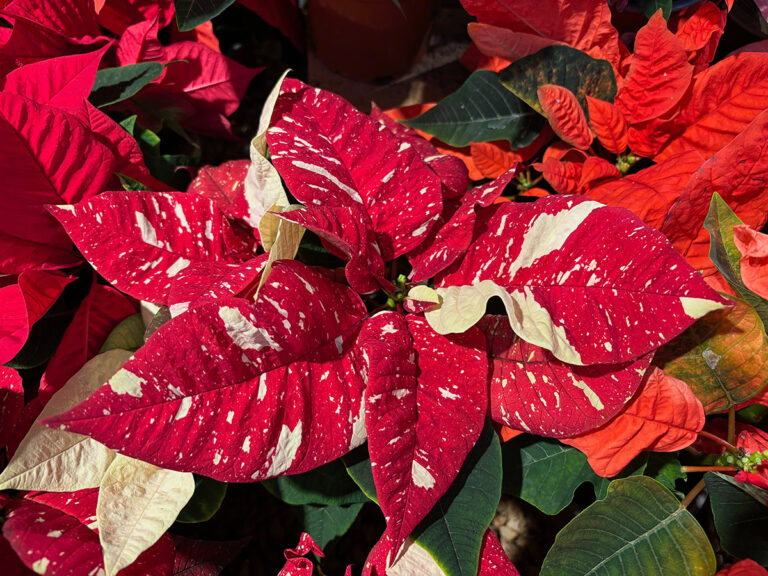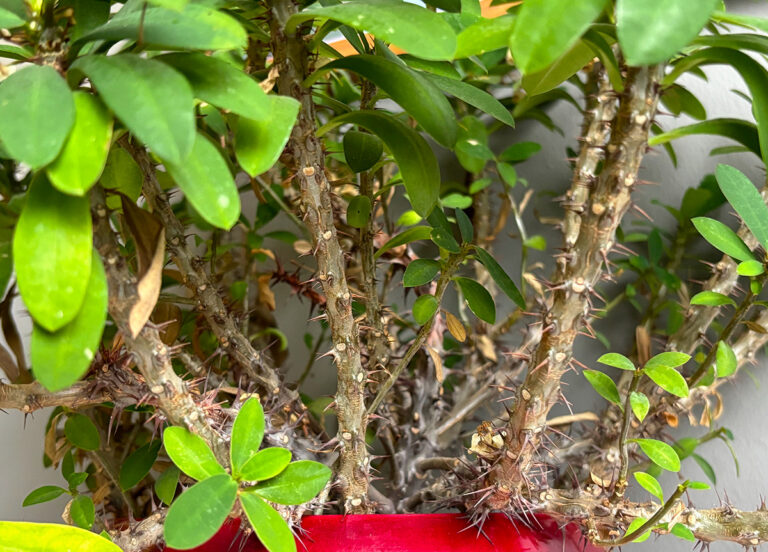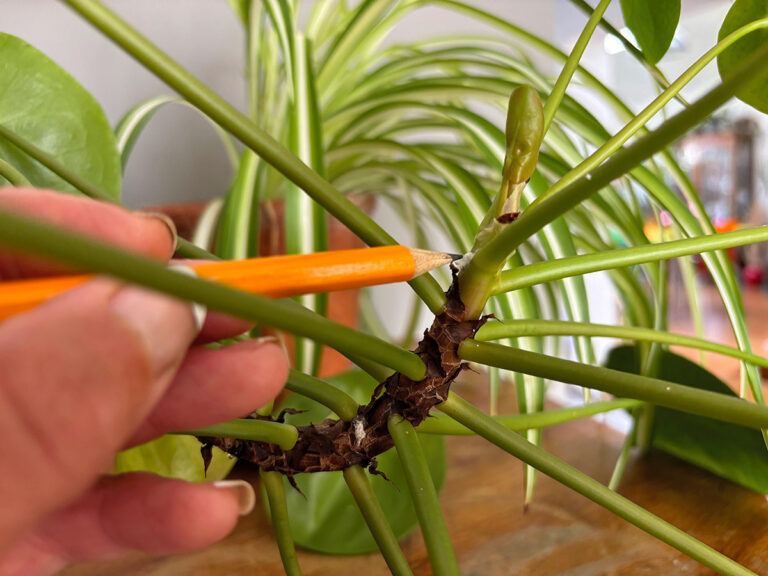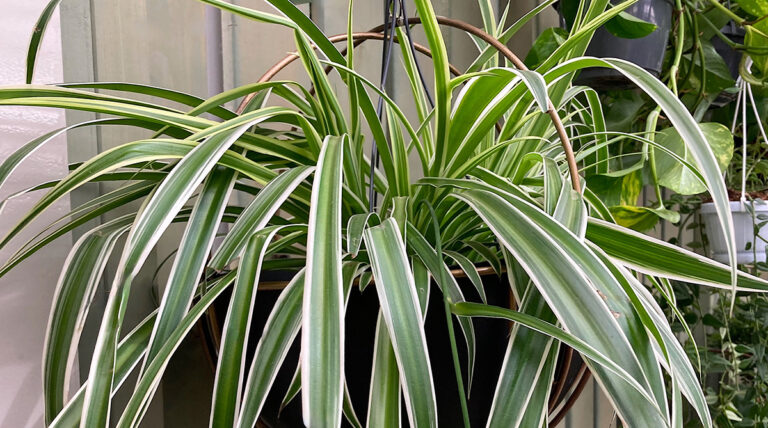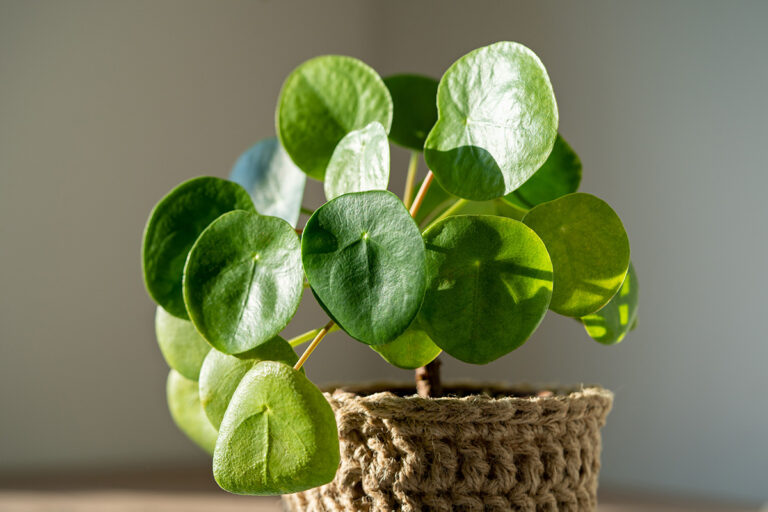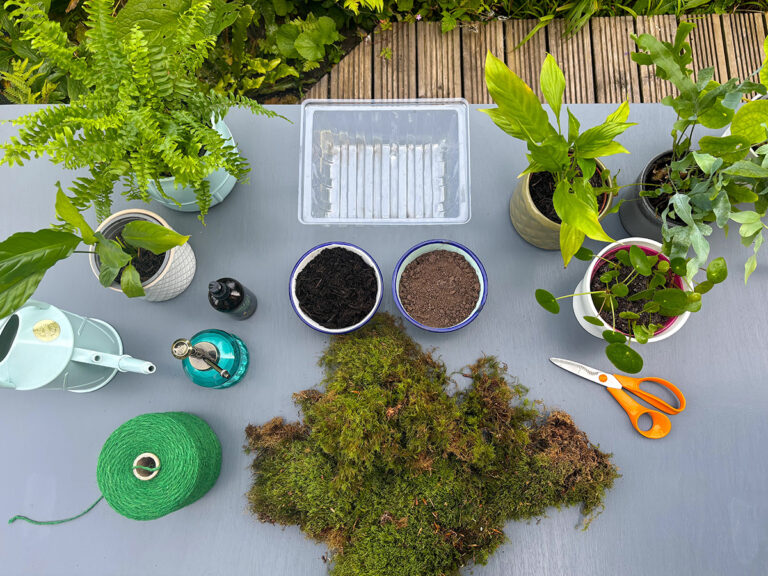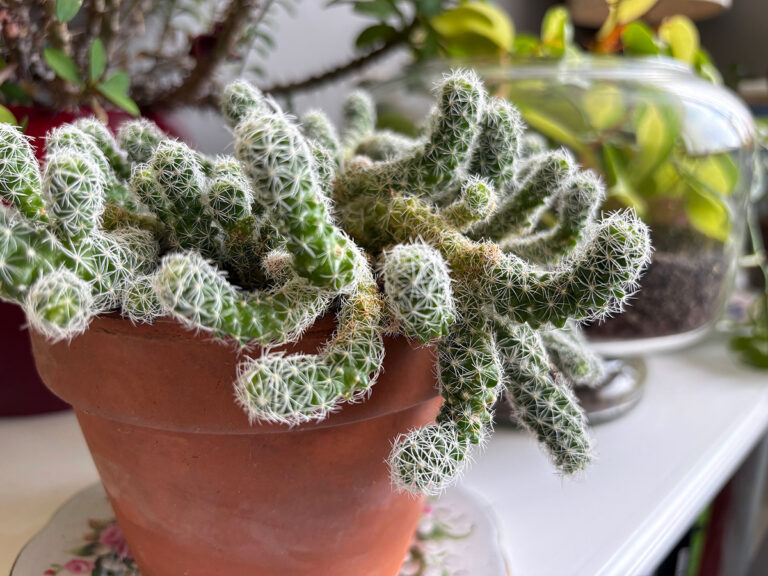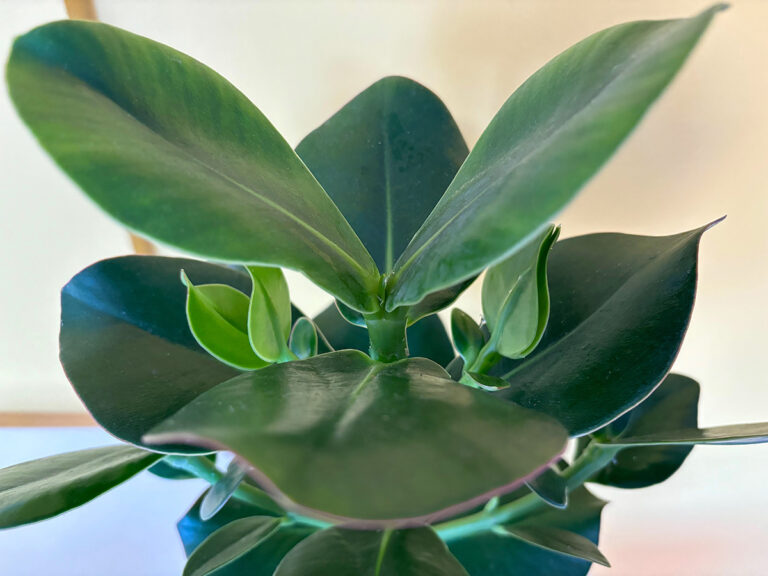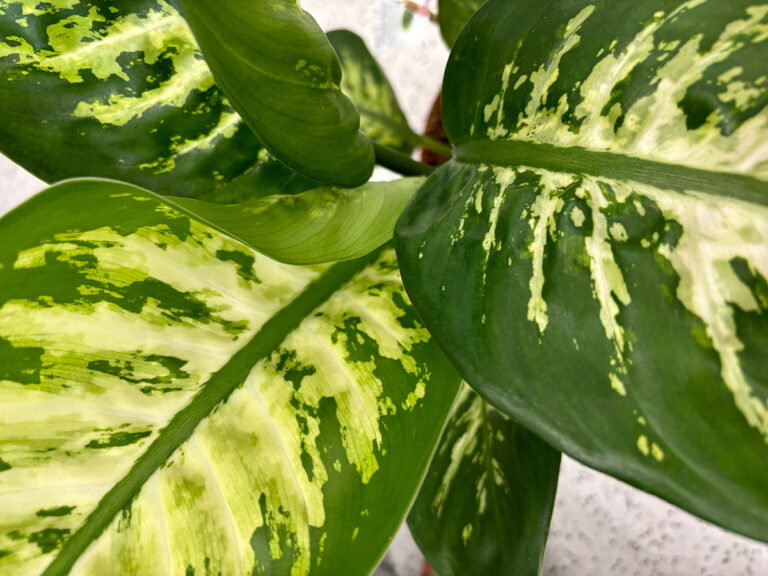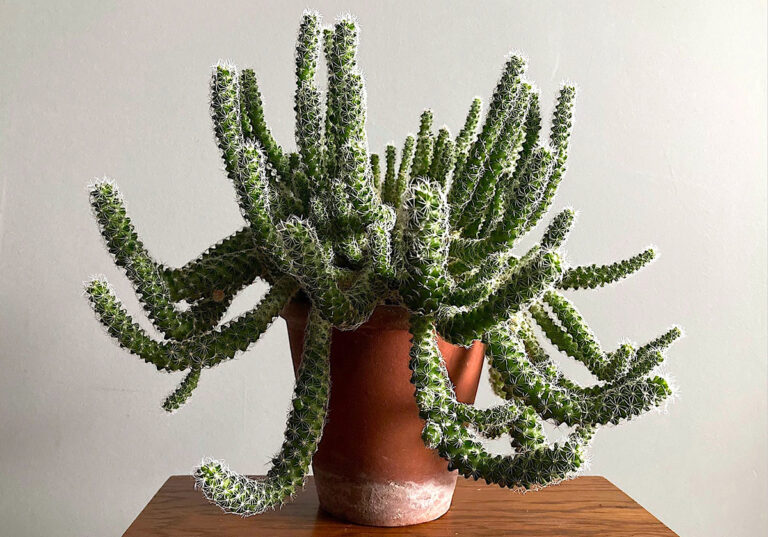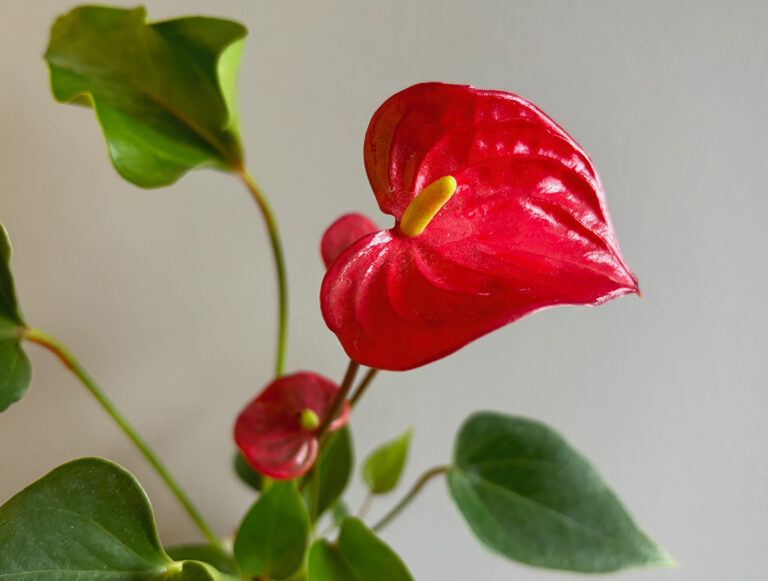Dreaming of tropical climes or just back from an adventure and keen to continue the summer holiday vibe? Well, look no further than Maranta leuconura, the Prayer plant with exquisite variegated foliage of bold colours and patterns.
So why are they called prayer plants? Maranta have this enchanting ritual of closing their leaves vertically at night and opening them horizontally again in the morning; a process known as nyctinasty. The plant reacts to darkness, liquid is moved in and out of cells at the base of leaves, the pulvinus, causing the iconic movement, almost like the plant preparing for sleep.
There are about 40-50 species of Maranta but a popular variety is the tri-coloured M. leuconeura erythrophylla, the herringbone plant. The exotic pattern looks painted rather than a natural phenomenon, which makes Maranta difficult to ignore.

Although acquiring a reputation for being a challenge to grow, in the right conditions Maranta make stunning houseplants. Understanding how Maranta grow in the wild will help you care for them in your home. Maranta leuconura is an evergreen perennial which likes to sprawl. In the wild it will spread along humid forest floors and so at home they appreciate some space to grow along tables or trail from shelves.
Light
Prayer plants detest direct sun light which can scorch leaves but thrive in indirect light. They need a constant combination of warmth and bright light to shine so look around your home for the perfect spot and don’t be afraid to move them if they don’t favour your first choice.
Temperature
Keep the temperature constant and avoid positioning Marantas in draughty spaces or fluctuating temperatures. 16°C/60°F to 26°C/80°F is ideal.
Water
Maranta are notorious for being temperamental where water is concerned; they like soil to be moist but not wet, so it is a balancing act to get conditions right. To avoid soggy roots make sure your potting mix is free-draining. Mist leaves daily with Plantsmith ‘Perfecting Houseplant Care Mist’ to hydrate and help keep foliage dust-free.
Water is essential for facilitating all chemical processes required for photosynthesis but even so you are far more likely to kill houseplants by overwatering rather than under watering.
There are various methods to keep your Maranta moist. Water from the base and allow the plant to absorb water directly at its roots, increase humidity by sitting pot on tray of moist pebbles or immerse pot in water and allow it to drain out.
Maranta are particularly sensitive to chemicals in water so use tepid rainwater where possible or distilled or filtered as tap water contains many chemicals like chlorine and minerals like calcium or salts, which can build up in the soil but any water is better than no water so if this is the only option leave a container of tap water to sit for 24 hours; this will allow chemicals to dissipate and be safe to use.
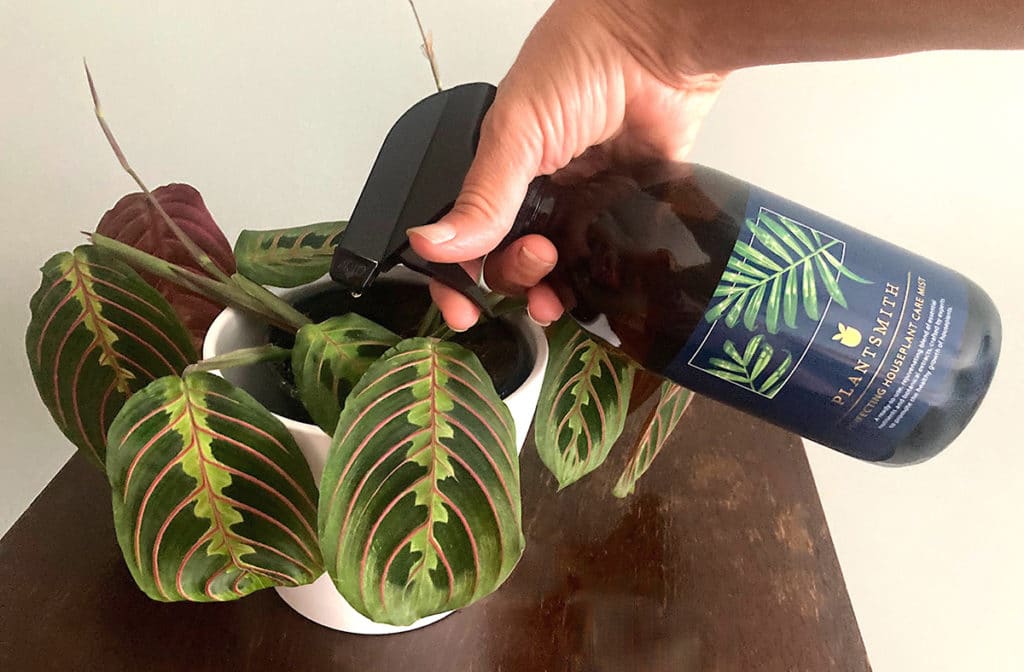
Soil
Maranta will happily grow in most substrates but ideally prefer slightly acidic conditions. Make your own mix by adding sand or fine grit to compost to improve drainage. Maranta’s roots are shallow so benefit from a wide deep container.
Fertiliser
Feed every two weeks spring to autumn. Make sure feed is diluted so roots are not burnt. For the perfect formula use Plantsmith ‘Fortifying Houseplant Tonic;’ this professional houseplant food contains 13 essential nutrients including kelp which stimulates cell growth. Shake the bottle and mix 5 ml (approx. 4 pumps) into a litre of tepid rainwater and apply.
Providing feed in solution is the quickest way to get food into your plant; your plant is not having to do any work to break nutrients down, they are already available to absorb.
When plants live in pots rather than the open ground they are totally reliant on us to provide them with a balanced diet and essential nutrients such as iron, potassium and magnesium which will encourage healthy green leaves and promote flower growth.
Flowering
Although the main attraction of Maranta is their exceptional foliage they do also occasionally produce small flowers on long stems. This is a great sign that your houseplant is happy!
Propagation
Maranta can be easily divided by gently pulling their roots apart and potting on in separate pots but if you fancy a longer term project try stem cuttings. Slice a stem from your plant and let the wound dry over for a few hours then pot up in fresh gritty compost. Just make sure your cutting has a node for the growth to develop from.
Pests
A common Maranta pest is red spider mite. If you discover an infestation wipe down leaves with a damp cloth to remove webs and mites; then spray with Plantsmith’s natural, non-toxic, 100% vegan Protecting Bug Control Spray. Not only will this target the mites but the formula contains plant-boosting nutrients to help your Maranta recover from attack.
Problem Solver
From time to time plants will show signs of stress and it’s our job to work out how we can improve their environment. Many symptoms are tell tale signs of plants reacting to their situation so if your Maranta leaves develop brown tips it can be a result of hard water, mental note switch to rainwater next time or the air is too dry so increase misting or perhaps feeding has been rather over zealous.
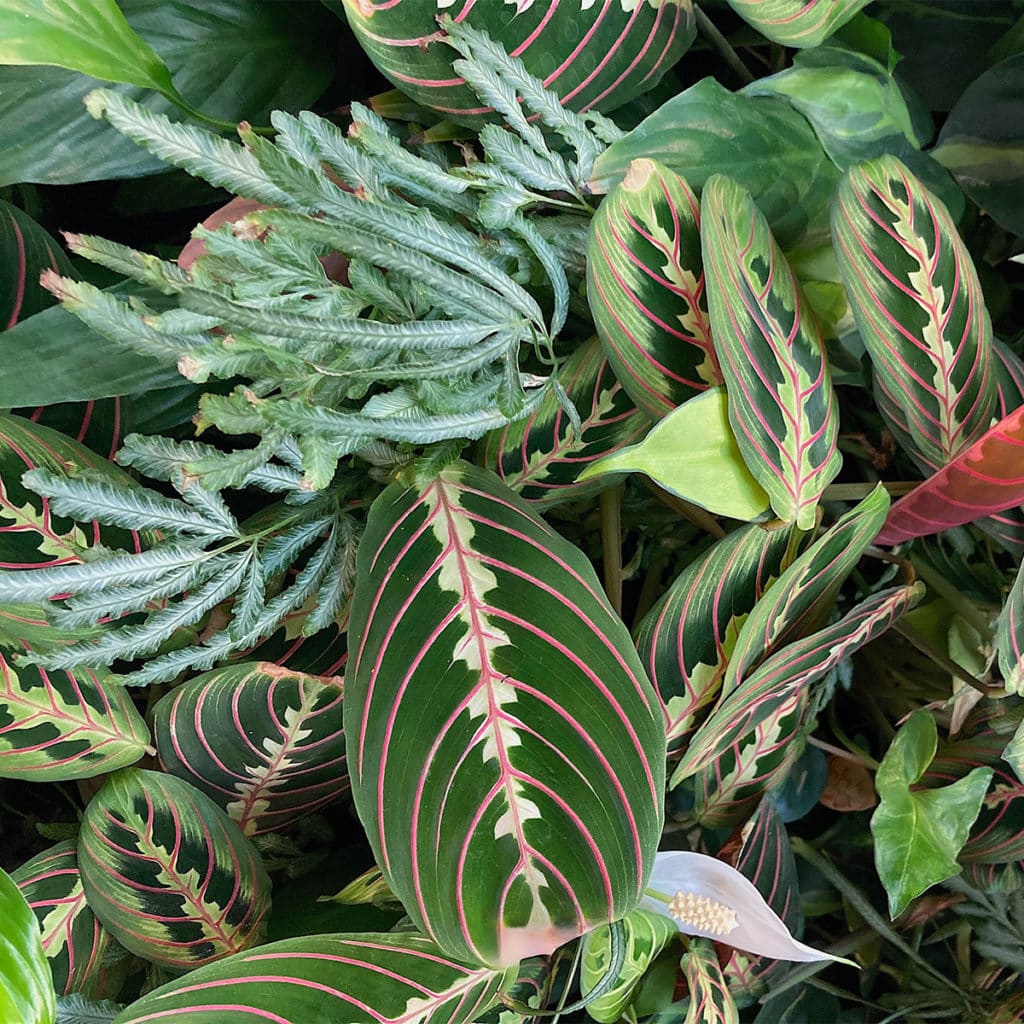
Wilting or yellow foliage indicates overwatering whereas curling leaves can simply mean your plant needs a drink and move your Maranta to a shadier spot if leaves become pale, faded or develop brown patches.


